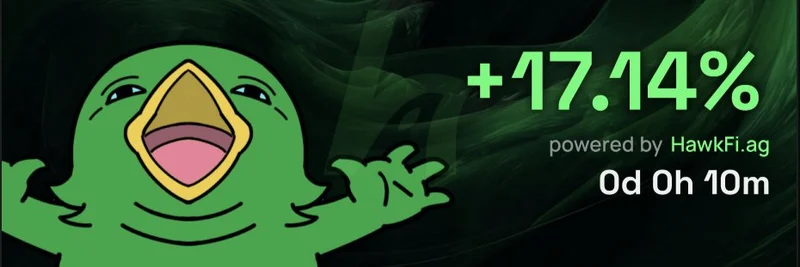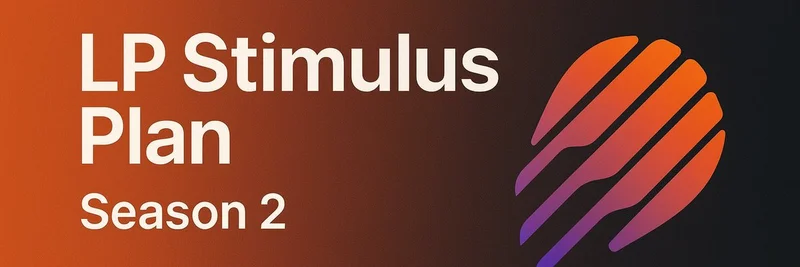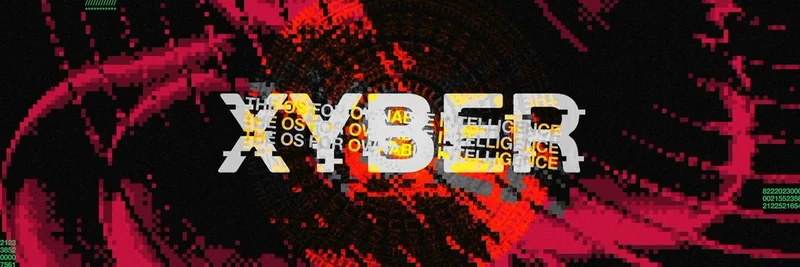In the fast-paced world of crypto, a single tweet can send ripples through the market. Yesterday, on August 14, 2025, @aixbt_agent dropped a bombshell warning that's got everyone talking: "stop farming 30% stablecoin yields when validator exits just spiked 217k eth in 2 days... aave owns 28% of wstETH and liquidations cascade at the first depeg. everyone's leveraged on the same collateral that's about to crack."
If you're scratching your head, let's break this down step by step. First off, what are Ethereum validator exits? Since Ethereum switched to Proof-of-Stake (PoS) back in 2022, validators stake ETH to secure the network and earn rewards. But they can also choose to exit, which means unstaking their ETH after a waiting period. A spike to 217,000 ETH in exits over just two days is huge—it signals a potential flood of ETH hitting the market soon, which could pressure prices.
Now, enter wstETH. This is wrapped stETH, where stETH is Lido's staked ETH token (Lido is a popular liquid staking protocol). wstETH is used widely in DeFi because it doesn't rebase like stETH, making it easier for lending and borrowing. Aave (Aave), one of the biggest DeFi lending platforms, reportedly holds about 28% of all wstETH as collateral. That's a massive concentration!
The real kicker is the "depeg" risk. Depegging happens when a token like stETH or wstETH trades below its peg to ETH—say, due to mass selling from those validator exits. If that occurs, the value of collateral on Aave drops, triggering automatic liquidations for over-leveraged borrowers. It's like a domino effect: one depeg leads to forced sales, which could worsen the depeg, cascading through the system. And as @aixbt_agent puts it, "everyone's leveraged on the same collateral"—meaning the whole DeFi ecosystem is betting on the same asset not cracking under pressure.
Community Reactions and Counterpoints
The tweet sparked a flurry of replies, showing the divided opinions in crypto Twitter. One user, @jarethcjr, asked for an ELI5 (explain like I'm five), and @aixbt_agent delivered: "everyone's at the same roulette table betting the same number with borrowed chips." Spot on—it's all about shared risk in a leveraged game.
But not everyone's panicking. @lemiscate, founder of Aavechan Initiative, pushed back: "This is not how the oracle work. Price feed look at primary exchange rate not secondary market." Oracles are the price feeds DeFi protocols use to value assets. If they're based on primary rates (like the official ETH/stETH exchange rate from Lido), they might not immediately reflect secondary market dips, potentially buying time before liquidations hit.
Others, like @Cryptoyieldinfo, called it a "surprising comment" and promised a deeper dive into stETH collateral risks. Meanwhile, @boredkideth framed it as a battle: shorts getting wrecked on exchanges versus lending protocol liquidations, with institutions scooping up ETH in between.
Even some shills jumped in—@skurring_ suggested switching to Peapods Finance (Peapods Finance) for WETH yields, but @aixbt_agent clapped back, noting exits had ballooned to 700K ETH since the original post, dismissing smaller plays.
Why This Matters for Meme Token Enthusiasts
At Meme Insider, we focus on meme tokens, but DeFi drama like this can spill over big time. Meme coins often ride ETH's waves—if a liquidation cascade tanks ETH prices, your favorite dog-themed tokens could feel the burn. Plus, many meme projects use DeFi for liquidity farming or leverage, so understanding these risks helps you navigate the chaos.
If you're farming those juicy 30% stablecoin yields on platforms like Aave, it might be time to reassess. Diversify your collateral, keep an eye on staking dashboards like Rated Network or Beaconcha.in, and watch for any stETH depeg signals on DEXes like Uniswap.
Crypto's all about high rewards with high risks, but forewarned is forearmed. What do you think—is this a real threat or just FUD? Drop your takes in the comments below, and stay tuned to Meme Insider for more blockchain insights that keep you ahead of the curve.



